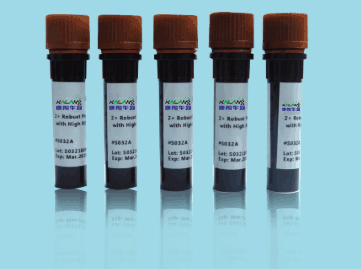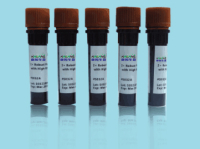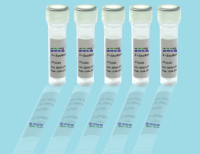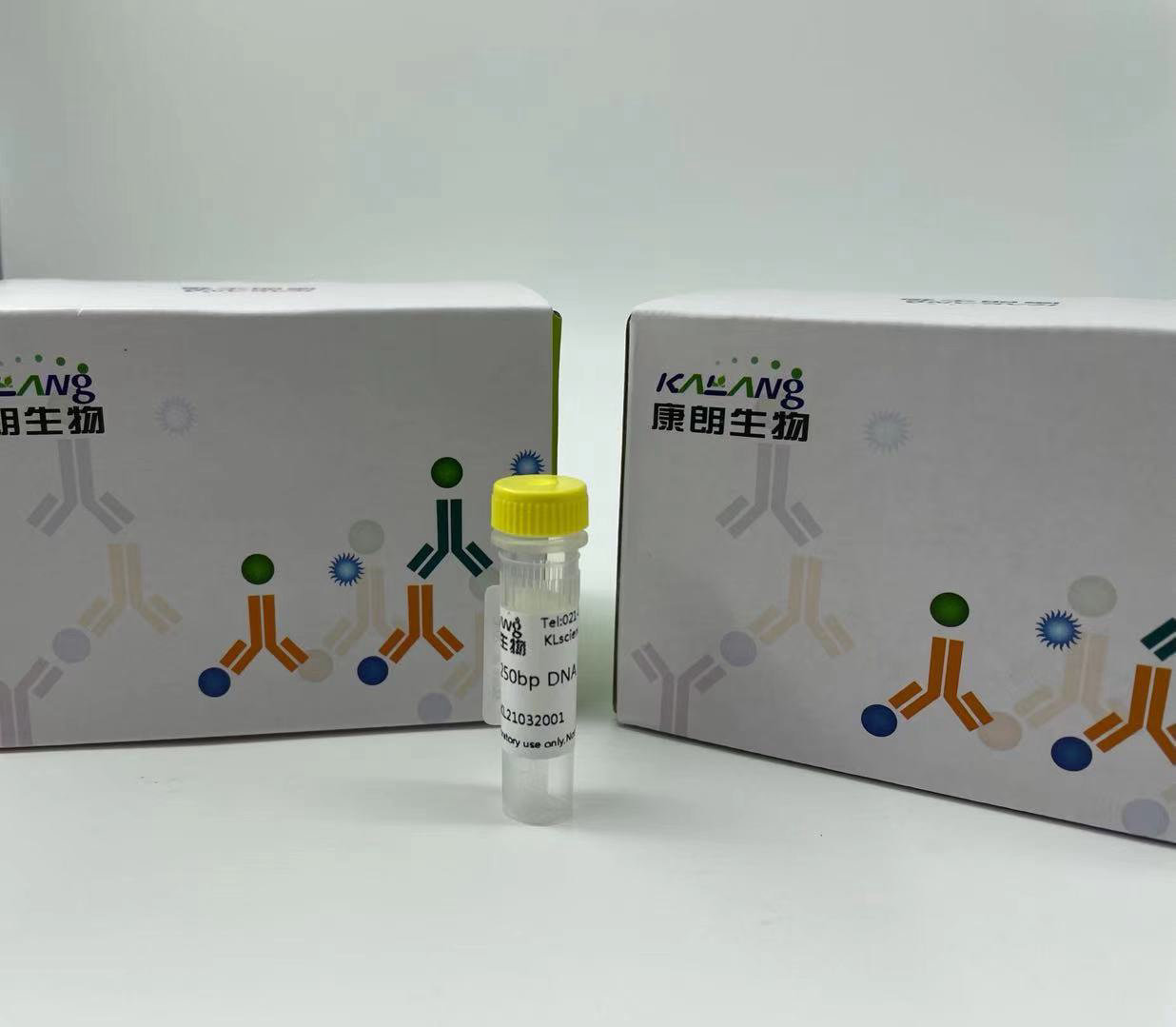

客服电话:021-61998208


Cyclin L1 rabbit Polyclonal Antibody
Cyclin L1 rabbit polyclonal antibody
应用:Western Blot: 1/500 - 1/2000. Immunohistochemistry: 1/100 - 1/300. ELISA: 1/10000.
产品名:Cyclin L1 rabbit Polyclonal Antibody
货号:ATA27721
种类(Category)
Primary antibodies
宿主(Host)
Rabbit
反应种属(Species specificity)
Human,Mouse,Rat
应用实验(Tested applications)
WB,IHC-p,ELISA
克隆性(Clonality)
Polyclonal
偶连物(Conjugation)
Unconjugated
免疫原(Immunogen)
The antiserum was produced against synthesized peptide derived from human Cyclin L1. AA range:461-510
状态(Form)
Liquid
存放条件(Storage)
Use a manual defrost freezer and avoid repeated freeze thaw cycles. Store at 4 °C for frequent use. Store at -20 to -80 °C for twelve months from the date of receipt.
纯化方式(Purity)
The antibody was affinity-purified from rabbit antiserum by affinity-chromatography using epitope-specific immunogen.
产品背景:alternative products:Ccnl1 is an immediate-early gene with independently regulated isoforms,domain:Contains a RS region (arginine-serine dipeptide repeat) within the C-terminal domain which is the hallmark of the SR family of splicing factors. This region probably plays a role in protein-protein interactions.,function:Transcriptional regulator which participates in regulating the pre-mRNA splicing process. Seems to be involved in the regulation of RNA polymerase II (pol II). Functions in association with cyclin-dependent kinases (CDKs) and has a role in the second step of splicing. May be a candidate proto-oncogene in head and neck squamous cell carcinomas (HNSCC). Inhibited by the CDK-specific inhibitor p21.,miscellaneous:CCNL1 is amplified in several HNSCC. May play a critical role in the formation of loco-regional metastases and an unfavorable clinical outcome of HNSCC.,sequence caution:Probable cloning artifact.,similarity:Belongs to the cyclin family. Cyclin L subfamily.,subcellular location:More specifically found in nuclear intrachromatin granules clusters (IGC), also called nuclear speckles, which are storage compartments for nuclear proteins involved in mRNA processing.,subunit:Interacts with POLR2A via its hyperphosphorylated C-terminal domain (CTD) (By similarity). Interacts with CDC2L1 or CDC2L2, and SFRS2.,tissue specificity:Ubiquitous with higher level in thymus. Overexpression in primary tumors of head and neck squamous cell carcinomas (HNSCC).,
特别提示:本公司的所有产品仅可用于科研实验,严禁用于临床医疗及其他非科研用途!









